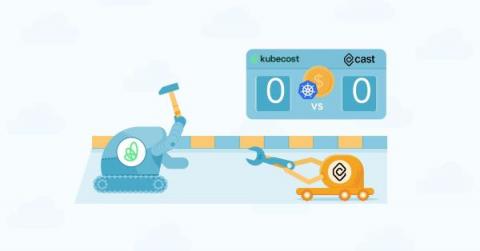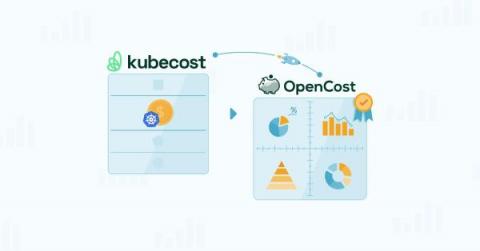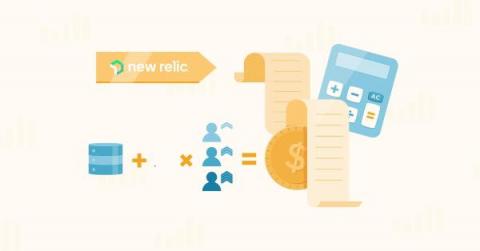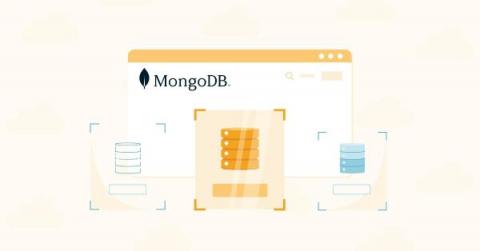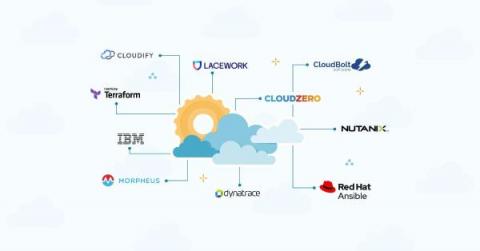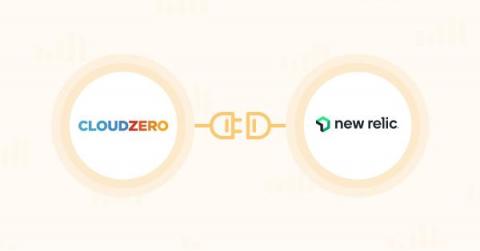Kubecost Vs. Cast.ai: Battle Of The Kubernetes Cost Tools
Kubecost and Cast AI promise real-time Kubernetes cost monitoring. Both deliver this to a good extent. For example, Kubecost provides cost data from within and outside a K8s cluster. It also shares the data in a granular format, such as cost by Kubernetes concepts like namespaces, pods, and custom labels. Cast.ai offers several similar capabilities, including cost savings recommendations, and is currently available for AWS, Google Cloud, Azure, and on-prem Kubernetes.


